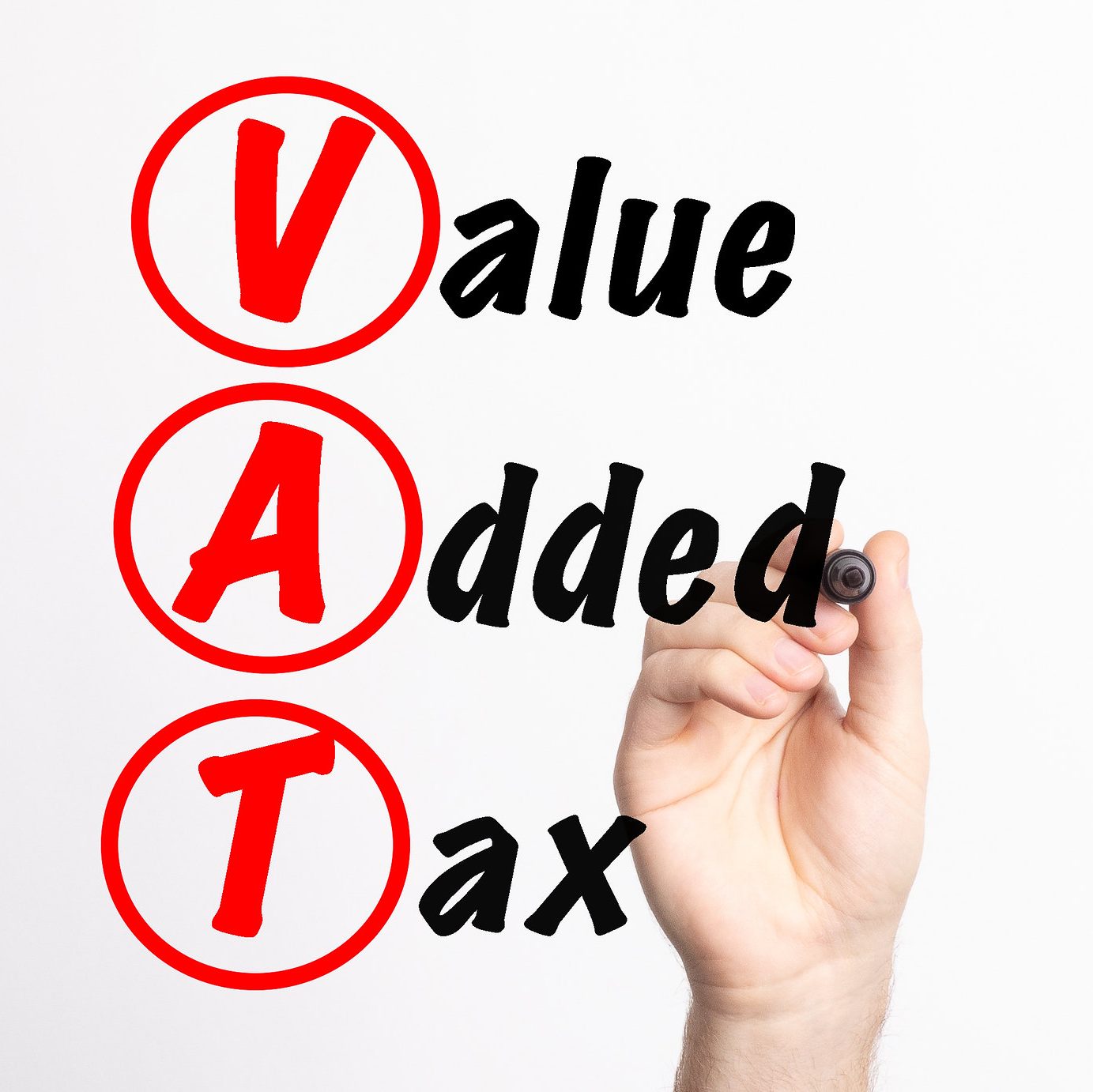This is tax world – new episode on the interplay of trade liberalization and VAT tax reform in developing countries by Alex Sieber. With the friendly help of Niklas Schmitt (as host Roger McAustin). Tune in and find out what factors make a successful substitution of trade revenues through VAT more likely and how the failure to introduce a VAT system like in Bangladesh can be explained.

Abstract:
While being a primary source of income for many developing and transitional countries, trade taxes such as tariffs arguably discourage the welfare-enhancing activity that international trade has been shown to be. Therefore, developing countries had been recommended to reduce the barriers to trade and open up their economies. The value-added tax, VAT, was key in the attempt to recoup the revenues lost in developing countries. But to what extent has the VAT actually been successful in doing so? Judging from the experience of developing countries, what factors make a successful substitution of trade revenues through VAT more likely? And what elements can account for the failure of VAT tax reform in a country such as Bangladesh?
Bibliography:
Baunsgaard, T. (2010). Tax revenue and (or?) trade liberalization. Journal of Public Economics, 15.
Bird, R. M., & Gendron, P.-P. (2007). The VAT in developing and transitional countries. Cambridge University Press.
Buettner, T., & Madzharova, B. (2018). WTO membership and the shift to consumption taxes. World Development, 108, 197–218. https://doi.org/10.1016/j.worlddev.2018.02.020
Cagé, J., & Gadenne, L. (2018). Tax revenues and the fiscal cost of trade liberalization, 1792–2006. Explorations in Economic History, 70, 1–24. https://doi.org/10.1016/j.eeh.2018.07.004
Emran, M. S., & Stiglitz, J. E. (2005). On selective indirect tax reform in developing countries. Journal of Public Economics, 89(4), 599–623. https://doi.org/10.1016/j.jpubeco.2004.04.007
Gerard, F., Naritomi, J., & Depolo, S. (2018). Value Added Tax in developing countries: Lessons from recent research. International Growth Centre, Growth Brief(STATE), 12.
Hassan, M., & Prichard, W. (2016). The Political Economy of Domestic Tax Reform in Bangladesh: Political Settlements, Informal Institutions and the Negotiation of Reform. The Journal of Development Studies, 52(12), 1704–1721. https://doi.org/10.1080/00220388.2016.1153072
Karimi, M., Kaliappan, S. R., Ismail, N. W., & Hamzah, H. Z. (2016). The Impact of Trade Liberalization on Tax Structure in Developing Countries. Procedia Economics and Finance, 36, 274–282. https://doi.org/10.1016/S2212-5671(16)30038-7
Keen, M., & Ligthart, J. (2002). Coordinating tariff reduction and domestic tax reform. Journal of International Economics, 56(2), 489–507.
Naritomi, J. (2019). Consumers as Tax Auditors. American Economic Review, 109(9), 3031–3072. https://doi.org/10.1257/aer.20160658
Pomeranz, D. (2015). No Taxation without Information: Deterrence and Self-Enforcement in the Value Added Tax. American Economic Review, 105(8), 2539–2569. https://doi.org/10.1257/aer.20130393
Tariff rate, applied, simple mean, all products (%)—Low income, High income | Data. (n.d.). Retrieved June 9, 2021, from https://data.worldbank.org/indicator/TM.TAX.MRCH.SM.AR.ZS?locations=XM-XD
Recent Comments